Michael Jordan kind of defined an era for me. Growing up in the early 90s, I was swept up by the awesomeness of the Chicago Bulls and the hip culture surrounding the NBA. After school most days I shot hoops in my best friend’s backyard; I watched all the nationally televised NBA games on TV; and, I had an unhealthy obsession with Nike Air Jordan shoes.
In June 1997, at the pinnacle of my formative high school years, an epic NBA Finals game between the Bulls and Utah Jazz happened – now known as The Flu Game. Jordan wasn’t sure he was going to be able to play and had been rumored to have a 103F fever and gastro issues. Although looking exhausted during every stoppage in play he scored 38 points including a 3-pointer to seal the game with 25 seconds. The Bulls went on to win the next game and win the championship. I started university a couple of months later and lost my interest in NBA basketball.
Gastro illnesses sweep through sports teams all the time (including 13 different NBA teams in 2010) leading to panicked fantasy owners, but according to ESPN, a former personal trainer says that Jordan’s illness was a result of some bad pizza.
Tim Grover, said it was food poisoning, not the flu, that affected the former Chicago Bulls star during Game 5 of the 1997 NBA Finals.
“Yes, 100 percent poisoned for (‘The Flu Game’),” Grover said on TrueHoop TV. “Everyone called it a ‘Flu Game,’ but we sat there and we were in the room, we were in Park City, Utah, up in a hotel. Room service stopped at like 9 o’clock. And he got hungry, and we really couldn’t find any other place to eat so we ordered … I said, ‘Hey, the only thing I could find is a pizza place.’ He said, ‘All right, order pizza.’ We had been there for a while, so everybody knows what hotel … I mean Park City (didn’t have) many hotels back then. Everybody kind of knew where we were staying.
“So we order a pizza, they come to deliver it, five guys come to deliver this pizza. And I’m just … I take the pizza, and I tell them, I said, ‘I got a bad feeling about this.’ I said, ‘I just got a bad feeling about this.’ Out of everybody in the room, he was the only one that ate. Nobody else … then 2 o’clock in the morning, I get a call to my room. I come to the room, he’s curled up, he’s curled up in the fetal position. We’re looking at him. We’re finding the team physician at that time. And immediately I said, ‘It’s food poisoning.’ Guaranteed. Not the flu.”
Add amateur epidemiologist to Grover’s CV. I wonder what he thinks the pathogen was.


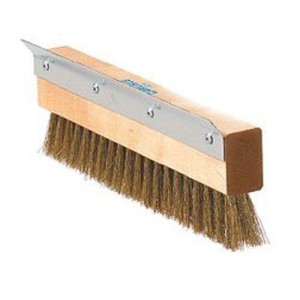
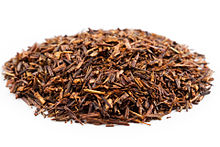


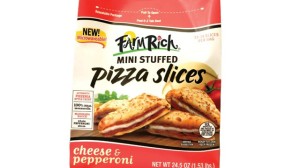

 found 22 violation points (enough for a B-Grade), including two critical violations: cold food held above 41º F, and evidence of mice or vermin. Don Antonio currently does not have a letter grade.
found 22 violation points (enough for a B-Grade), including two critical violations: cold food held above 41º F, and evidence of mice or vermin. Don Antonio currently does not have a letter grade.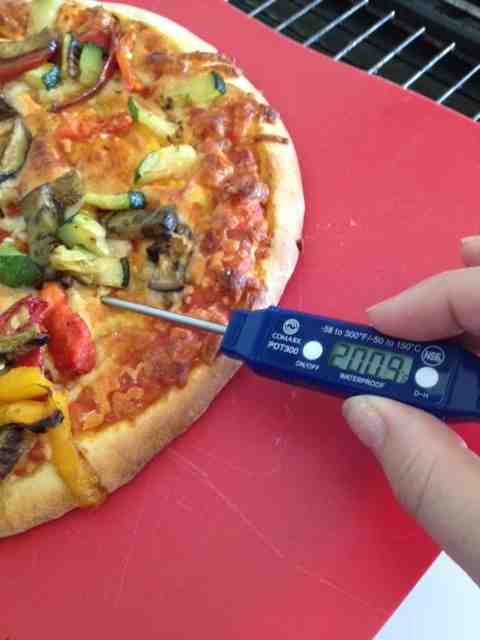 mediterranea frozen pizza box which included:
mediterranea frozen pizza box which included: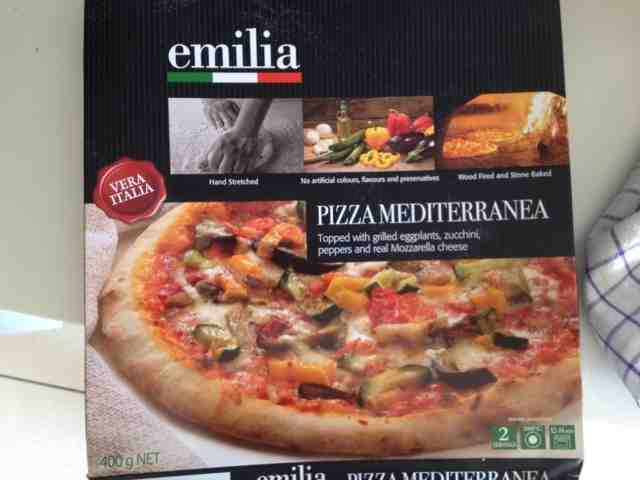 smallest print on the box and might be easily ignored by consumers.
smallest print on the box and might be easily ignored by consumers.